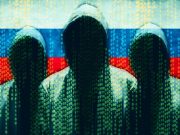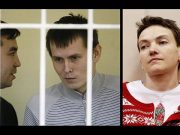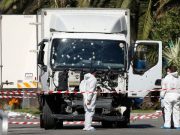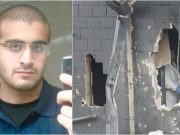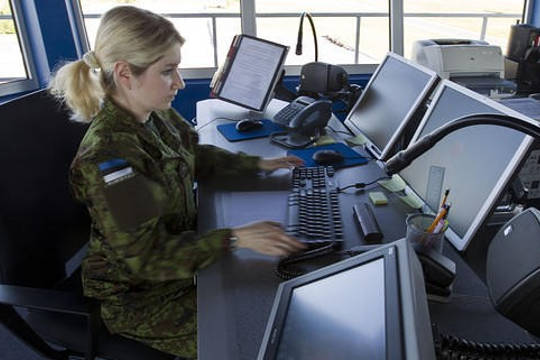About 400 computer experts will participate in a major cybersecurity drill in Estonia this week as part of NATO’s efforts to upgrade its capability to counter potentially debilitating hacker attacks, organizers said Tuesday.
Teams from 16 nations will take part in the Locked Shields 2015 exercise at NATO’s cyberdefense center in Tallinn. The annual drill is one of the largest of its kind.
Officials said a key theme this year is the potential threat caused by the migration from the Windows 8 operating system to the upcoming Windows 10 system.
The drill comes at a time of heightened tensions in Eastern Europe, where NATO military forces are exercising almost continuously to deter any Russian aggression following Moscow’s intervention in Ukraine.
Rob Pritchard, a cybersecurity expert at the Royal United Services Institute in London said the cyber drill probably has a similar focus, though NATO didn’t give any specifics.
“Russia is currently looming large on the NATO radar, and the exercise is likely to simulate attacks similar to those used by the Russian state, and state-backed actors”
Estonian government, media and corporate websites were paralyzed in 2007 by cyberattacks that Estonia said were orchestrated by Russia. Moscow denied any involvement.
Pritchard said other elements in the exercise could include attacks from pro-terrorist organisations, such as those against the French broadcaster TV5Monde recently by a pro-ISIL group which disrupted the channel’s broadcasts.
At a NATO summit last September, President Barack Obama and other leaders ordered a ramp-up in the alliance’s cyberdefense capabilities and warned that a cyberattack against a NATO member state could trigger the same collective defense response as military aggression.







